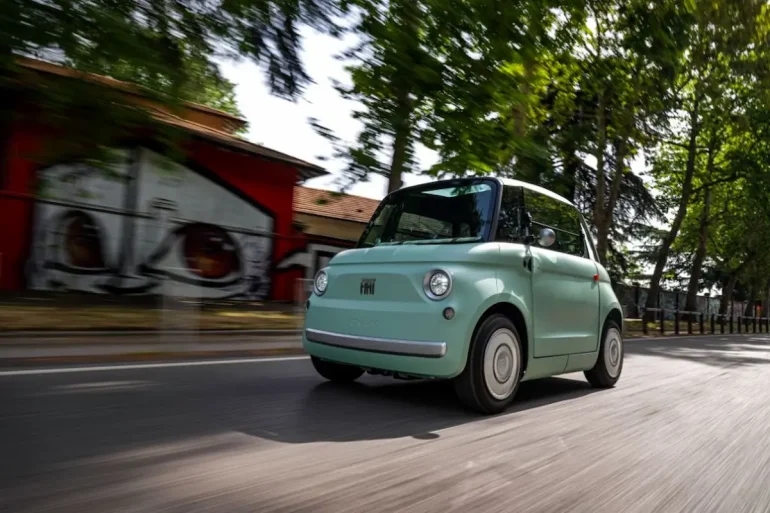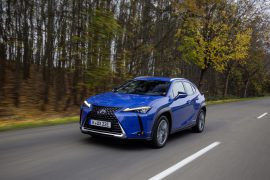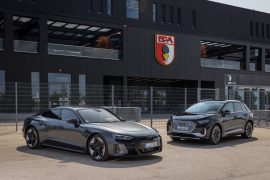The fact that battery-powered electromobility is the most sensible mobility concept for the near future is hardly disputed any more. But is it also sensible to drive electric cars weighing 2.5 tonnes for an average of 1.4 passengers and 40 km per day, with outputs of 300 kW and more?
It helps to think back: in the 60s and 70s, hardly any cars weighed a tonne. Power steering – excuse me? Electric windows, mirror and seat adjusters and lots of other small electric motors? None of this was generally available, but you could still drive. Not that this is intended to conjure up an “automotive Stone Age”, no – but this recollection should serve to categorise what is really needed – in various areas of application – and what might be dispensable.
Virtually every car model has become more comfortable and safer with each evolutionary stage, but has also become larger, more powerful and heavier. Progress in optimising fuel consumption has always been offset by vehicle growth and the associated increase in weight.
The result: despite all the advances in drive technology, fuel consumption, pollutant emissions and raw material consumption continue to rise. This also applies, directly or indirectly, to electromobility, which partly derives its right to exist from its significant contribution to slowing down the greenhouse effect.
There are five main elements,
- the unbroken trend towards SUVs with poor aerodynamics and a huge frontal area,
- the arms race for range dominance with ever larger batteries and their consequences for energy and resource consumption, and
- the increase in servo motors on board to replace almost any handle.
- In addition, there is an idolatry concerning wheel and tyre size that is completely pointless from a technical point of view,
- and finally the belief in the value of high top speeds.
The example of tyres is perhaps the clearest way to illustrate this. A tyre on a 19-inch rim with a width of 245 mm weighs around one and a half times as much as one on a 14-inch rim with a width of 185 mm. And nowadays, many premium models are fitted with tyres up to 21 inches as standard or as an option.
This is particularly critical because around 40 per cent of tyres are made of natural rubber (latex) and the situation regarding its extraction is poor to miserable for climate protection, biodiversity and social reasons. In addition, the rubbers end their first life when 70 per cent of the material is still available, and they “spend” their second, very short “life” mainly in incineration. Genuine recycling, e.g. via the extraction of secondary raw materials by means of pyrolysis (oil, carbon black, gas) is in its infancy. A considerable proportion is processed into rubber granulate, which is reused in various ways. Unlike in the commercial vehicle sector, retreading plays virtually no role at all for car tyres.
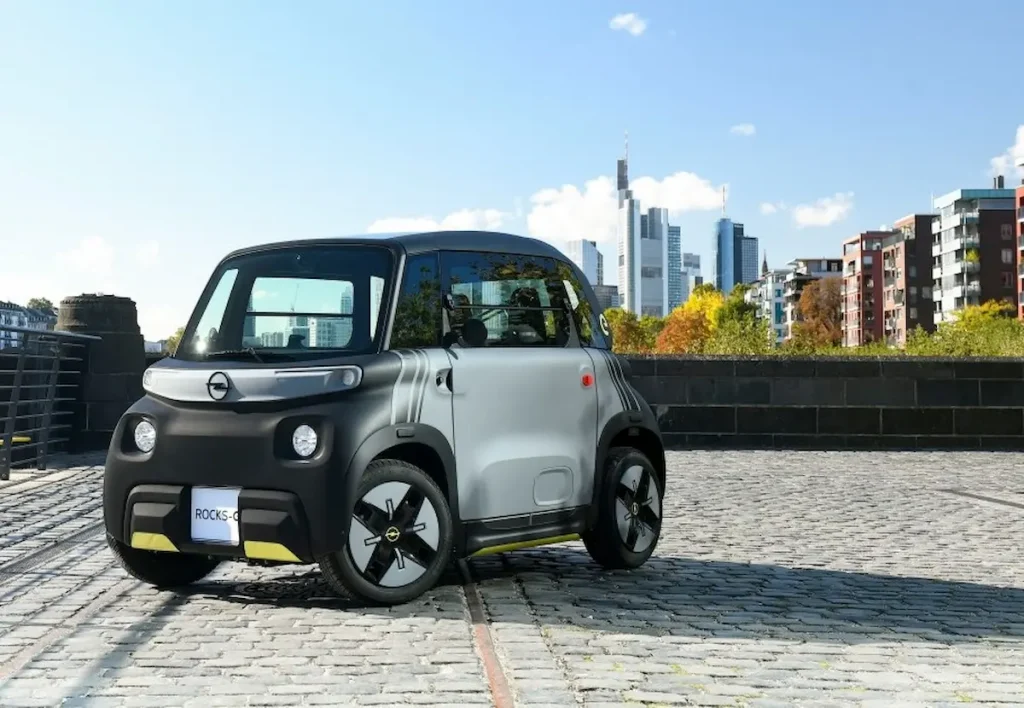
Why is reason so difficult?
Electromobility is “in” and for many vehicle manufacturers, including the new, “invasive” players from the Far East, there is an opportunity to earn a lot of money with modern vehicles. The larger, more SUV-like, more comfortable and more luxurious, the greater the profit margin. New manufacturers in particular can often only be successful on the market if they start with luxury models and only expand the product portfolio downwards over time with the profits generated.
And yet something is happening.
The VW e-Up was not available to order for months, but later it was again and occupied top positions in the registration statistics for a long time. Stellantis with the Fiat 500-e and the Peugeot e-208 or Renault with the Zoe and its “subsidiary brand” Dacia with the Spring are also active in this area. However, compared to the mid-range and luxury class, the offer here is still very thin, as numerous commentators, including the ADAC, note with regret.
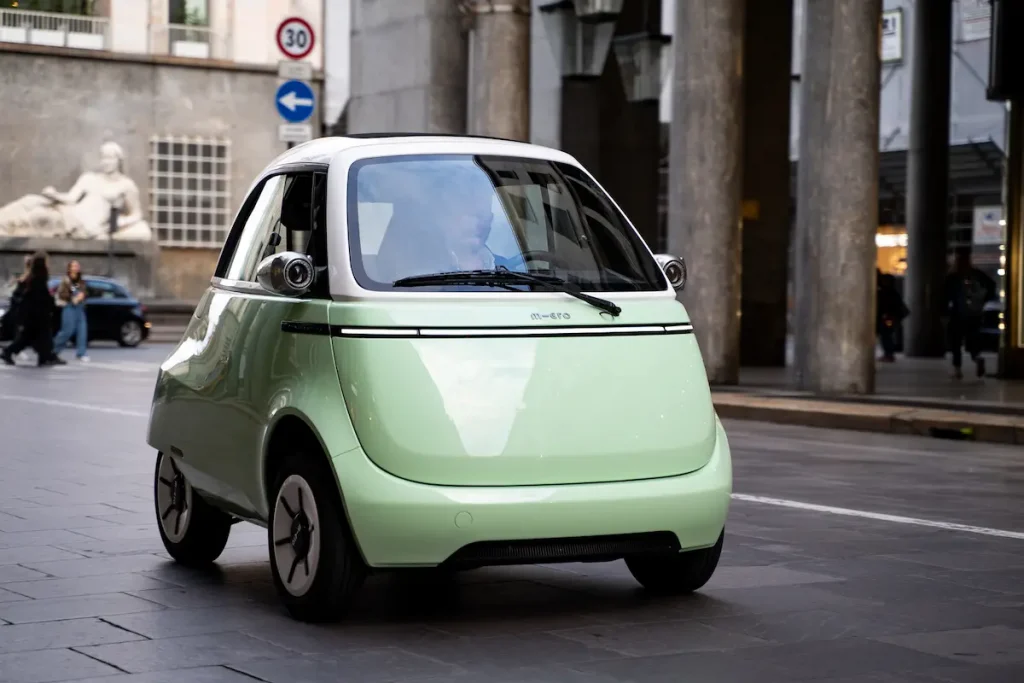
Sometimes less is more
Car-like small vehicles in the L6e and L7e registration classes are one step further up the “reasonableness scale”, while light vehicles, which are offered either as moped-like, two- or three-wheeled vehicles or as motorised cargo bikes and pedelecs, are even further ahead. Motorbikes also belong to this category, as do small electric vehicles.
All of these vehicles have a smaller ecological footprint than cars, and most of them also have a better ratio of dead weight to transport load. The question that the German Aerospace Centre (DLR) now asked itself was what the potential area of application of lightweight vehicles could be and what could be gained in terms of the environment and climate.
So: what if…
The DLR study
A study by the German Aerospace Centre recently investigated the potential of lightweight electric vehicles. The study drew a hypothetical picture for the year 2030, in which light vehicles in private use realise their full potential with otherwise unchanged mobility behaviour, i.e. a roughly constant share of private transport in total traffic volume.
The result: “Half of the kilometres currently driven by car in Germany could theoretically also be covered by light electric vehicles. This would reduce greenhouse gas emissions by more than 40 per cent compared to journeys in conventionally powered cars. That would be around 57 million tonnes fewer emissions per year”.
The reasons: 80 per cent of journeys are shorter than 20 kilometres. Every day, almost 30 million car journeys of less than two kilometres are made in Germany and a further 30 million of less than five kilometres.
Laura Gebhardt, one of the authors of the study, concludes: “In view of these figures, it is clear that a large car is not necessarily required for such short distances, but that LEVs are definitely an alternative. They continue to enable individual mobility, only much more sustainably”. And Simone Ehrenberger, another author, gives an impressive example from the study: “An electric microcar with a top speed of 125 kilometres per hour could theoretically cover half the kilometres driven by car… The production of microcars only generates around a third of the greenhouse gas emissions of a mid-range electric car”.
“LEVs currently only occupy a small niche in the vehicle market. The means for change are there, what is missing is the will to implement them,” say the authors of the study. The facts show a potential, they cannot achieve more, they cannot generate normative momentum for action. That is the task of society.
“In order for the theoretical potential of light electric vehicles identified in the study to be realised, supporting measures are necessary – for example, to increase their acceptance. Incentives for purchase and use, regulatory measures, the development of the necessary infrastructure and more comfortable and safe vehicle concepts are also part of this,” summarises the study.
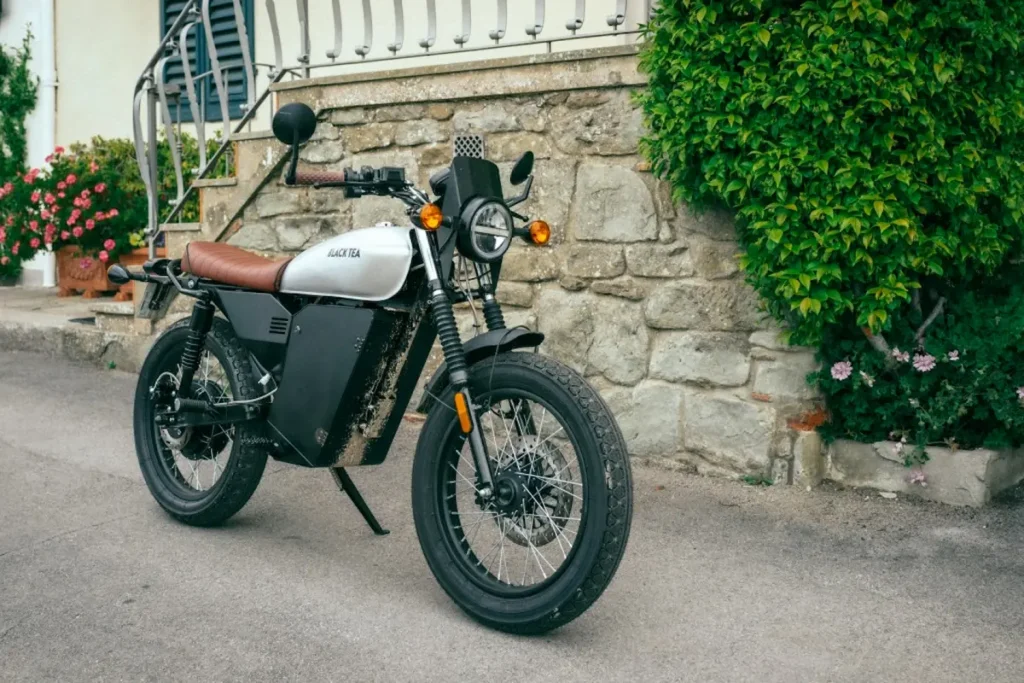
The “little ones” rehearse the uprising
Sometimes an “ancien regime” leads to an uprising, sometimes even a revolution. And movement in this direction is indeed emerging: e.g. in the form of the “Microcars Coalition”. Founding members include Microlino, Citytransformer and Circle Mobility. Their declared aim is to declare war on the oversizing of private transport vehicles, especially in Germany. This is because there is virtually no awareness of L6e and L7e vehicles here. The initiators are convinced that other manufacturers, associations and other players will join the coalition and that this will give light vehicles an audible voice in the concert of industrial lobbying.
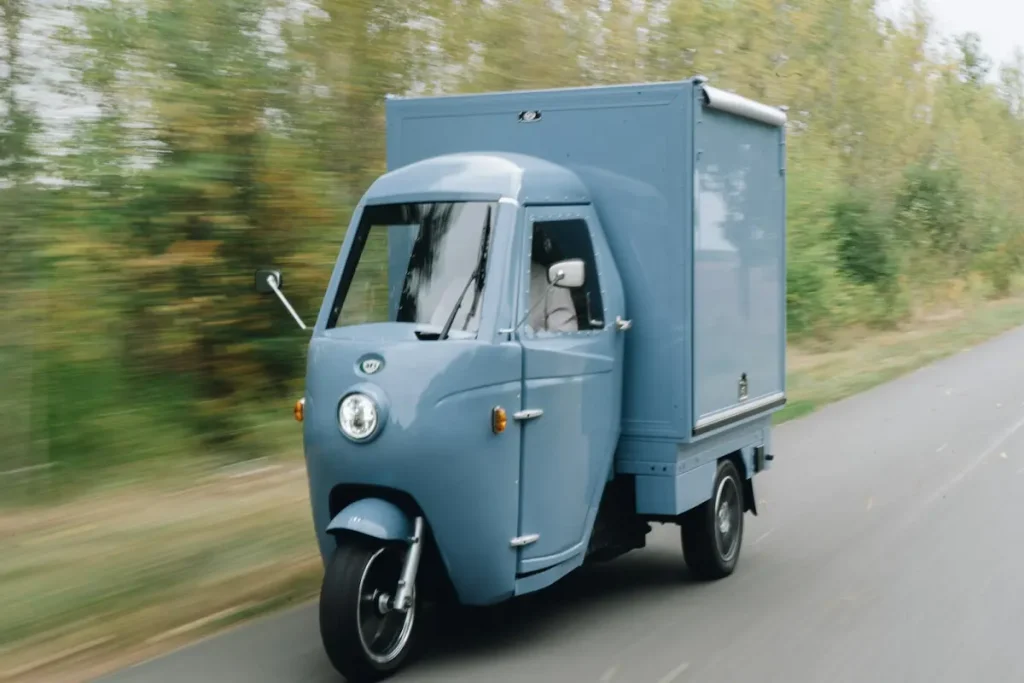
A similar development is emerging in the area of short-distance commercial transport. Here it is specifically the “AllianZ Smart Urban Logistic” (SUL), an association or network of logistics experts, which aims to show how urban logistics can work with the use of appropriate means using concrete examples. Under the motto “Small – light – electric”, the alliance offers municipalities, companies and regions vehicles from its partners Cenntro and vR Bikes as well as the expertise of Ju-Know, PlugX and DirectCharge free of charge in order to test concepts holistically and permanently in everyday life.
“There is huge potential for three- or four-wheeled electric light vehicles that can do exactly what is needed today for short distances and, above all, in inner-city areas where space is tight: city logistics with adapted vehicles that are fast, quiet and environmentally friendly, take up very little space and pay for themselves very quickly,” says Franz Fabian, Head of vR Bikes Germany and co-founder of AllianZ Smart Urban Logistic.
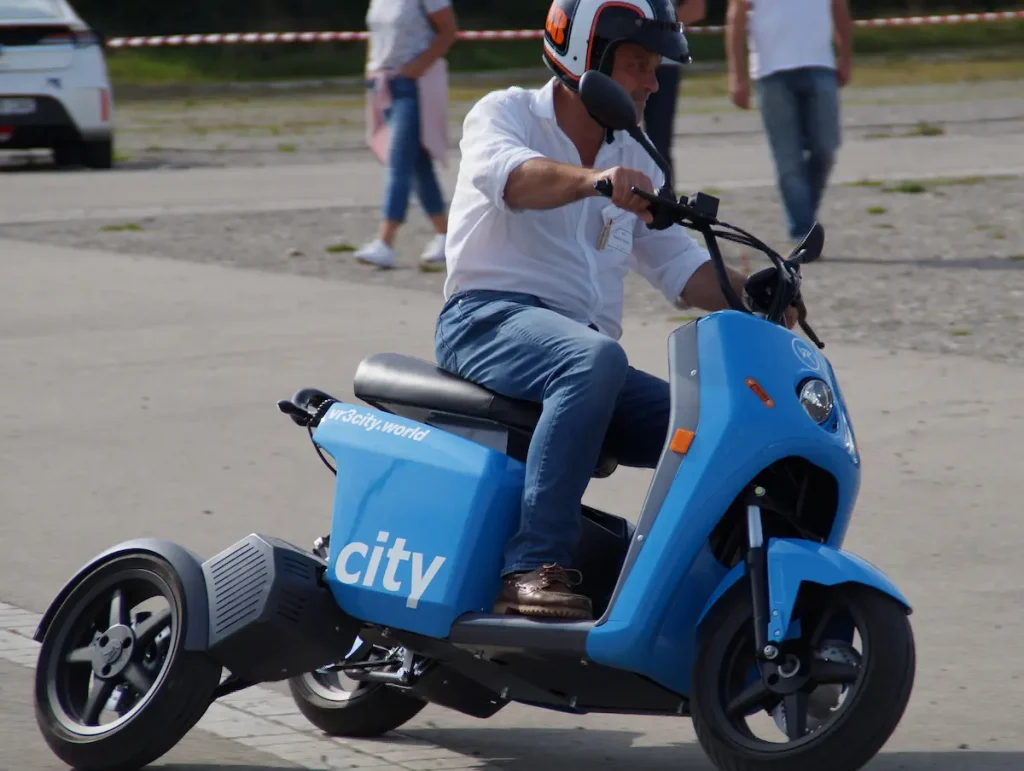
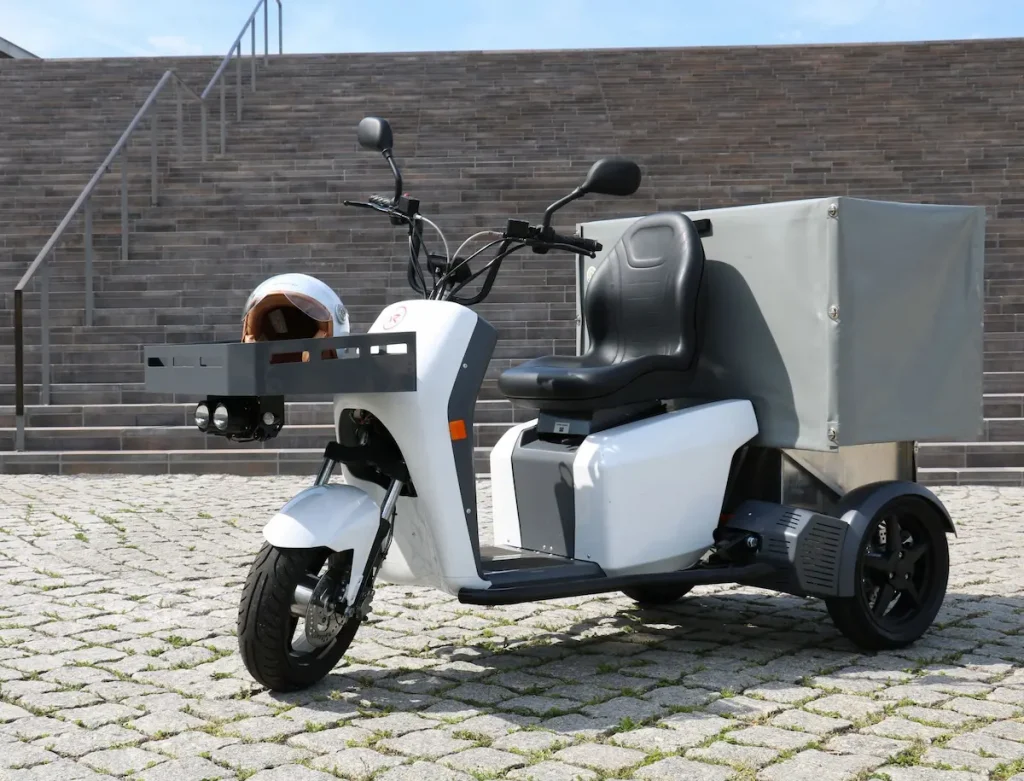
Demands on politicians
It is certainly not possible to impose a cultural change “from above”. But politicians could at least create stronger incentives. Up to now, there have been no nationwide subsidies for vehicles in the corresponding registration classes. On the contrary: the environmental bonus and tax privileges bring e-cars in vehicle segments A and B very close to light vehicles in terms of price, making it difficult for consumers to decide in favour of one in view of the near parity in price. Municipalities such as Munich, which have integrated such vehicles into their subsidy programme from the outset, are a rare exception.

The Goupil G2 is the smallest vehicle in a series of light vans from the French manufacturer
An image campaign would undoubtedly also be beneficial. Firstly to raise awareness of these vehicles and secondly to communicate the possibilities and opportunities that these vehicles offer and have to a wider circle of citizens. In this way, they could possibly develop in the same way as pedelecs and cargo e-bikes have done.
Finally, these efforts should also be flanked by infrastructural measures. Whether this be traffic space reserved for cars, trouble-free routes without junctions or special entry regulations in cities.
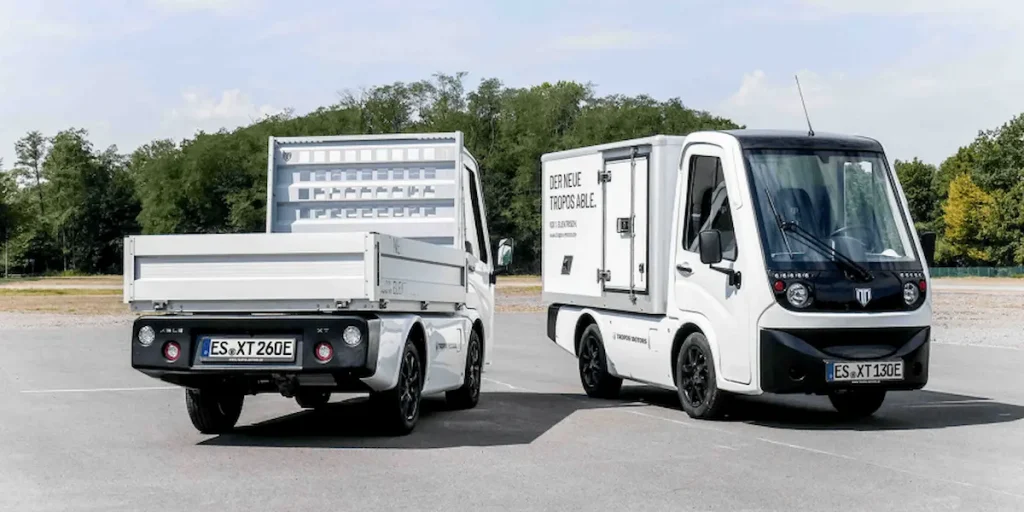
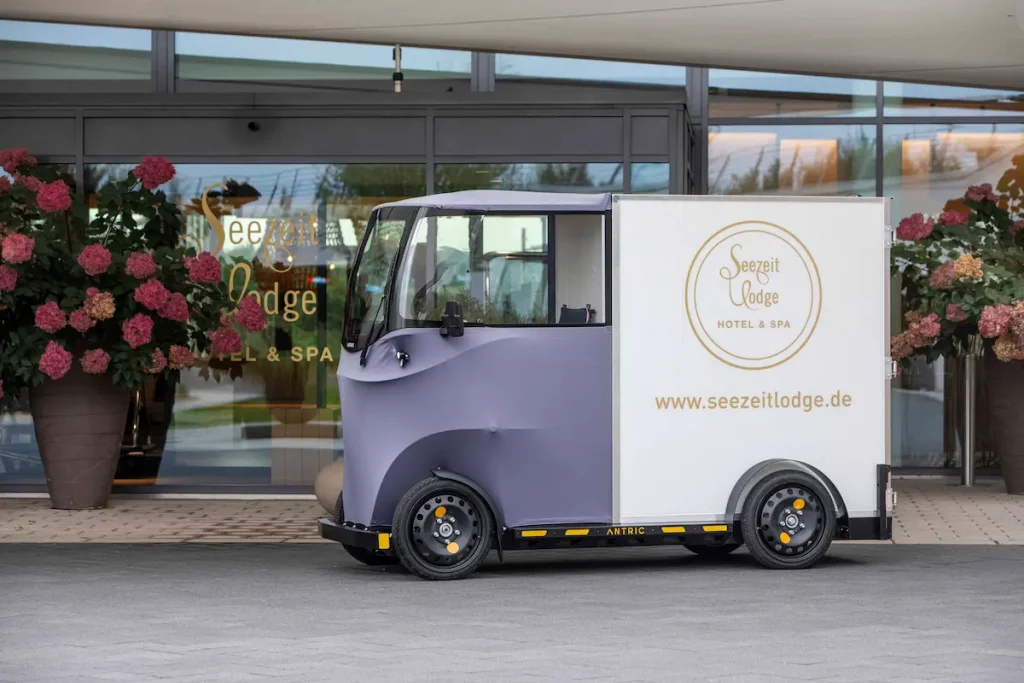
A recent analysis by the Transport & Environment association, which is calling for a Europe-wide strategy to promote small electric vehicles, comes to a very similar conclusion. Friederike Piper from T&E Germany: “Smaller electric cars are the biggest contribution we can make to reducing our consumption of battery raw materials. We should use an EU efficiency standard to oblige car manufacturers to finally offer more resource-efficient all-electric vehicles that are also more affordable than today’s oversized SUVs”.
Because all politicians at EU, federal and local level should be more than aware by now that time is pressing. Suitable tools for implementation are finally available with this study and the developing interest group.
Text: Werner Köstle
Pictures: Stellantis (FIAT & Opel), Micro, Black Tea Motors, ARI, W. Köstle (vR City), von Roll, Goupil, Cenntro, Lutz Duerichen

